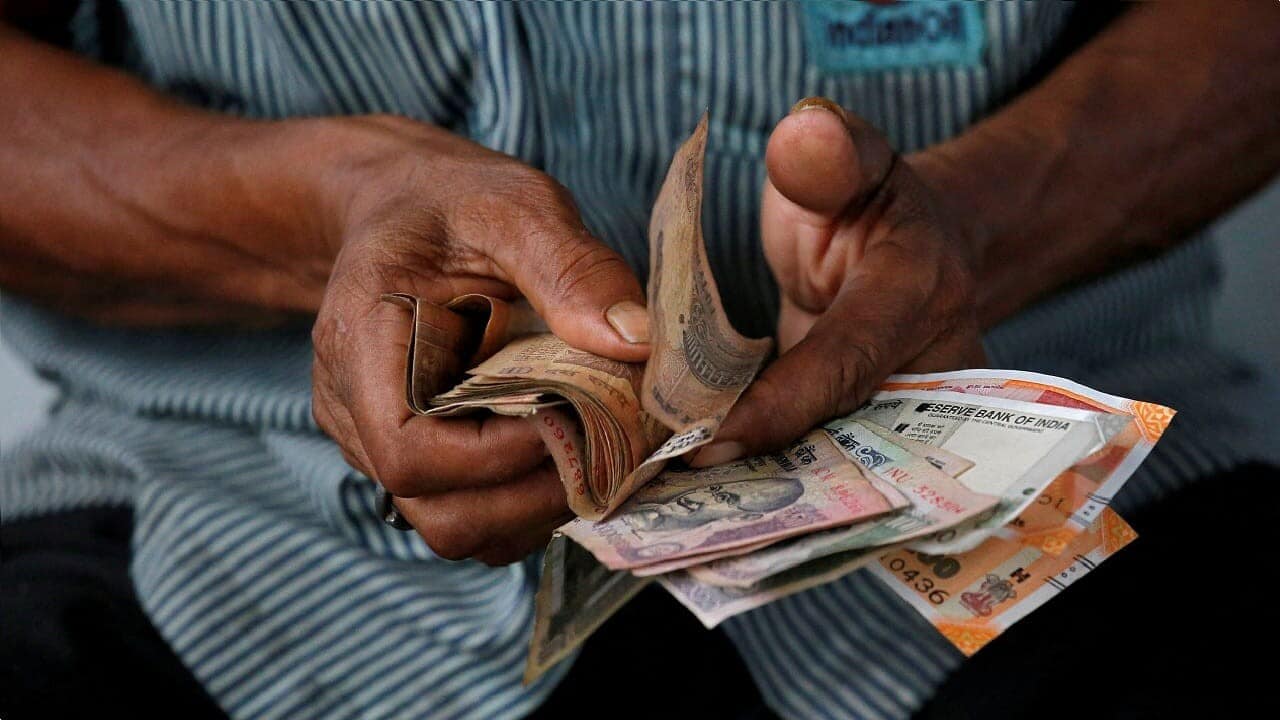
Indian rupee drops to lifetime low against US dollar
What's the story
The Indian rupee (INR) has witnessed a sharp fall, breaching the 84 mark against the US dollar for the first time ever today. The fall was prompted by a spike in oil prices and a foreign fund outflow from the equity market. The INR fell to a low of 84.0525 per US dollar, breaching its previous all-time low of 83.9850 on September 12.
Market influences
Factors contributing to rupee's depreciation
The INR's near-term outlook has been marred by a number of factors. These include rising oil prices due to the Middle East conflict, foreign investors pulling out money from equities, and falling hopes of another major US rate cut. Over the last nine trading sessions, overseas investors have emerged as major sellers of Indian equities.
Intervention
RBI's efforts to stabilize rupee and oil price surge
Despite the Reserve Bank of India's (RBI) repeated interventions in the last two months, the Indian rupee has not been able to stay above the critical 84 per US dollar mark. On Monday, RBI informally advised banks against taking substantial risks against the rupee. Meanwhile, Brent crude oil prices have risen over 10% in October alone, putting further pressure on India's economy.
Economic impact
US Federal Reserve's policy and India's crude oil imports
The US Federal Reserve is unlikely to cut its key policy rate by 50 basis points in November, breaking from previous investor expectations. This change in monetary policy could further affect INR's value. India, which relies on imports for crude oil supplies, imported crude worth $139 billion in fiscal year 2023-24 according to government data.
Market performance
Indian equity market and foreign exchange reserves
In the domestic equity market, the BSE Sensex fell by 259.05 points or 0.32% to 81,352.36 while Nifty 50 dropped by 67.40 points or 0.27% to 24,931.05 today. Foreign Institutional Investors (FIIs) were net sellers in the Indian stock market on Thursday, offloading shares worth ₹4,926 crore according to exchange data. Despite these challenges, India's foreign exchange reserves hit a record high of $704.9 billion as of September 27, as per RBI data.
Predictions
Experts' outlook on rupee's future performance
Meanwhile, VRC Reddy, treasury head at Karur Vysya Bank, suggested that the RBI might "only allow marginal depreciation to make sure the rupee acts as a stable currency." In the short term, Amit Pabari of CR Forex Advisors expects USDINR to remain range-bound between 83.80 and 84.05. He also expressed optimism about substantial inflows expected to hit the market in future which could potentially stabilize or even strengthen the Indian rupee against US dollar.